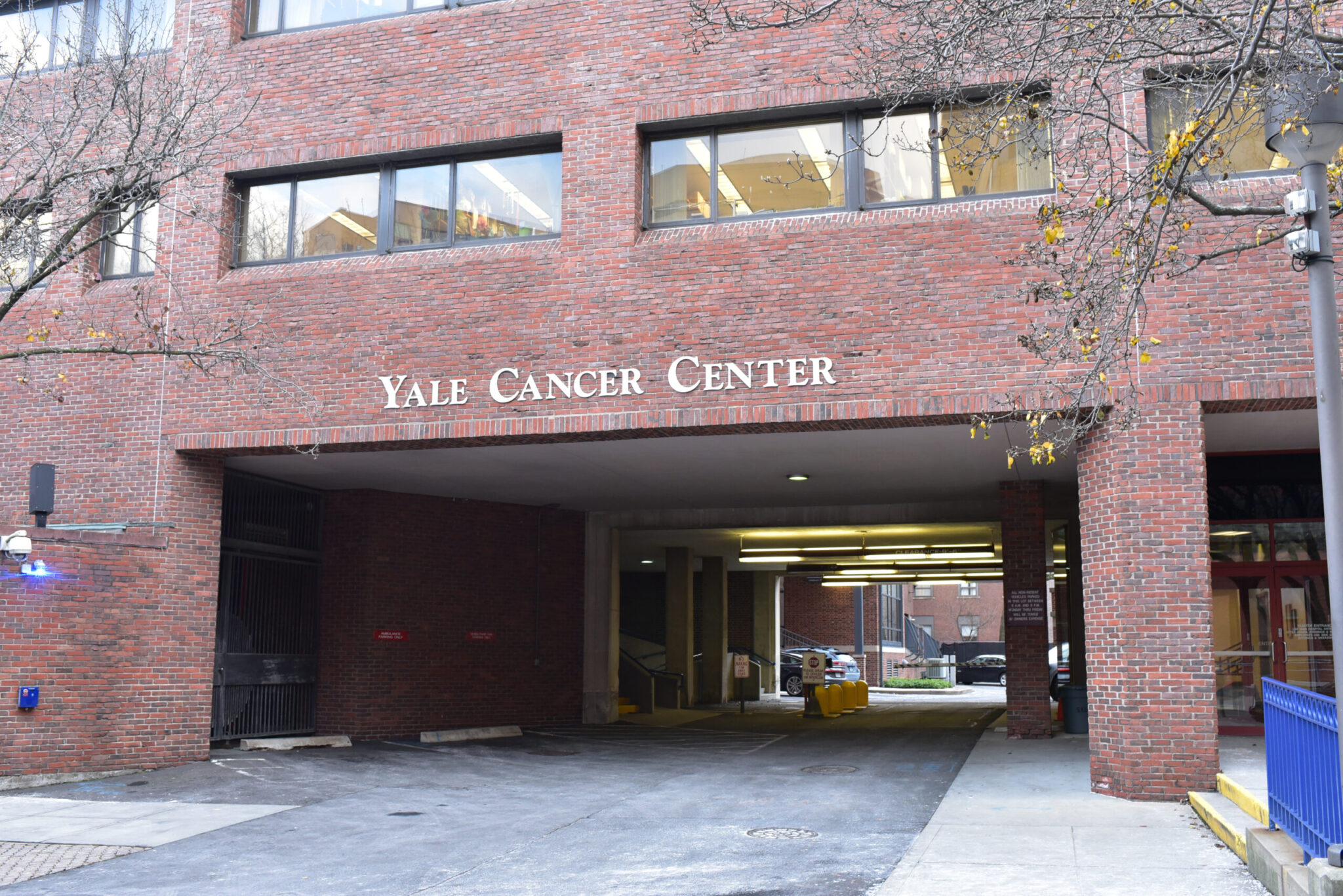Yale biomedical engineers develop nanoparticle brain cancer treatment
A team of biomedical engineers at Yale recently developed a new method to treat medulloblastoma — a brain cancer that primarily affects children — by injecting drug-carrying nanoparticles directly into the cerebrospinal fluid.

Ryan Chiao, Senior Photographer
In a recent study, Yale researchers developed a new way to more effectively treat brain cancer using nanoparticles.
Led by biomedical engineering professor Mark Saltzman and radiology professor Ranjit Bindra, the team first administered mice with medulloblastoma, a brain cancer that predominantly affects children. Then, they developed and used drug-carrying nanoparticles to deliver treatment over a sustained period of time. The study showed that mice who received this treatment lived significantly longer than mice who received traditional brain cancer treatment.
“This treatment is a way to directly target tumor cells in the central nervous system (CNS) with the potential to minimize toxic therapies, like radiation therapy to the CNS, as well as high doses of systemically administered chemotherapies,” Bindra told the News.
Medulloblastoma often begins with a tumor deep inside the brain and spreads along two protective membranes, known as the leptomeninges. While they are located throughout the central nervous system, leptomeninges are most prominent on the surface of the brain and in the cerebrospinal fluid, or CSF. Because there are no other organs in the CSF, cancer cells can spread freely and rapidly throughout the CNS.
Beyond its fast nature, medulloblastoma is also particularly difficult to treat. This is because the CNS in humans circulates the CSF roughly four times a day, often flushing away drugs before they have had a chance to accumulate and have any effect.
“The central nervous system presents a compelling drug delivery problem that has yet to be fully cracked,” said Minsoo Khang, lead author of the study and a former graduate student in Saltzman’s lab. “As a field, we have a small arsenal of small molecule drugs that we know are brain-penetrant to some degree. However, many newer modalities face significant delivery limitations, hinting at the potential for substantial enhancements in drug efficacy through improved delivery methods.”
Khang explained that for many drugs that target the brain, often only small quantities reach targeted sites.
Bindra first thought of the idea of using nanoparticle technology to address this problem while treating his pediatric patients. Most patients with medulloblastoma undergo a treatment called cranial spinal radiation, which delivers radiation to the entire CNS system, even though the tumor is often localized.
“I was thinking more and more that it just seems wild that we give whole CNS radiation to the brain and the spine just to get to the CSF,” Bindra said. “It’s a lot of dose to the small children. So that inspired me to give Dr. Saltzman a call and say, ‘Is there some way that we could inject drug-encapsulated nanoparticles that could allow us to use much lower radiation doses or maybe even no radiation to that kind of spinal access and keep our focus on the CSF?’”
Dr. Bindra believes that this treatment can be expanded to other types of cancer. Though medulloblastoma is a rare type of cancer, he said that this treatment’s direct delivery into the CSF has potential to be applied to other types of cancers, too. While the treatment currently targets primary tumors, he believes that this treatment has the potential to target secondary tumors — tumors that have traveled from other parts of the body to the brain — too.
Still, the team must face many challenges before reaching the clinical trial stage. Unlike oral drugs, which must go through a simpler approval process involving pharmaceutical sponsors and patient testing, Bindra said there are many technically challenging aspects of administering this treatment in nanoparticles.
Now, the team is working to develop the treatment in a biotech start-up setting, since there has been little research on using nanoparticles for direct drug delivery in the CSF.
Bindra and Saltzman have each “started a few companies,” according to Bindra, and the pair is “pretty excited about the prospect” of a new start-up.
Saltzman echoed Bindra’s sentiment, sharing that his ultimate goal is to personalize cancer drug treatment.
“I am most excited that we could get to the point where every person with cancer is treated as an individual — truly personalized medicine — where treatment is matched to the tumor, and the treatment is administered in a way that only the tumor cells are exposed to the therapy,” Saltzman told the News.“In some cases, we are not so far away from that potential, but making it available for every person with cancer is my dream.”
This research is a collaboration between the Yale Biomedical Engineering program and the Yale Cancer Center’s Department of Radiation Oncology.







